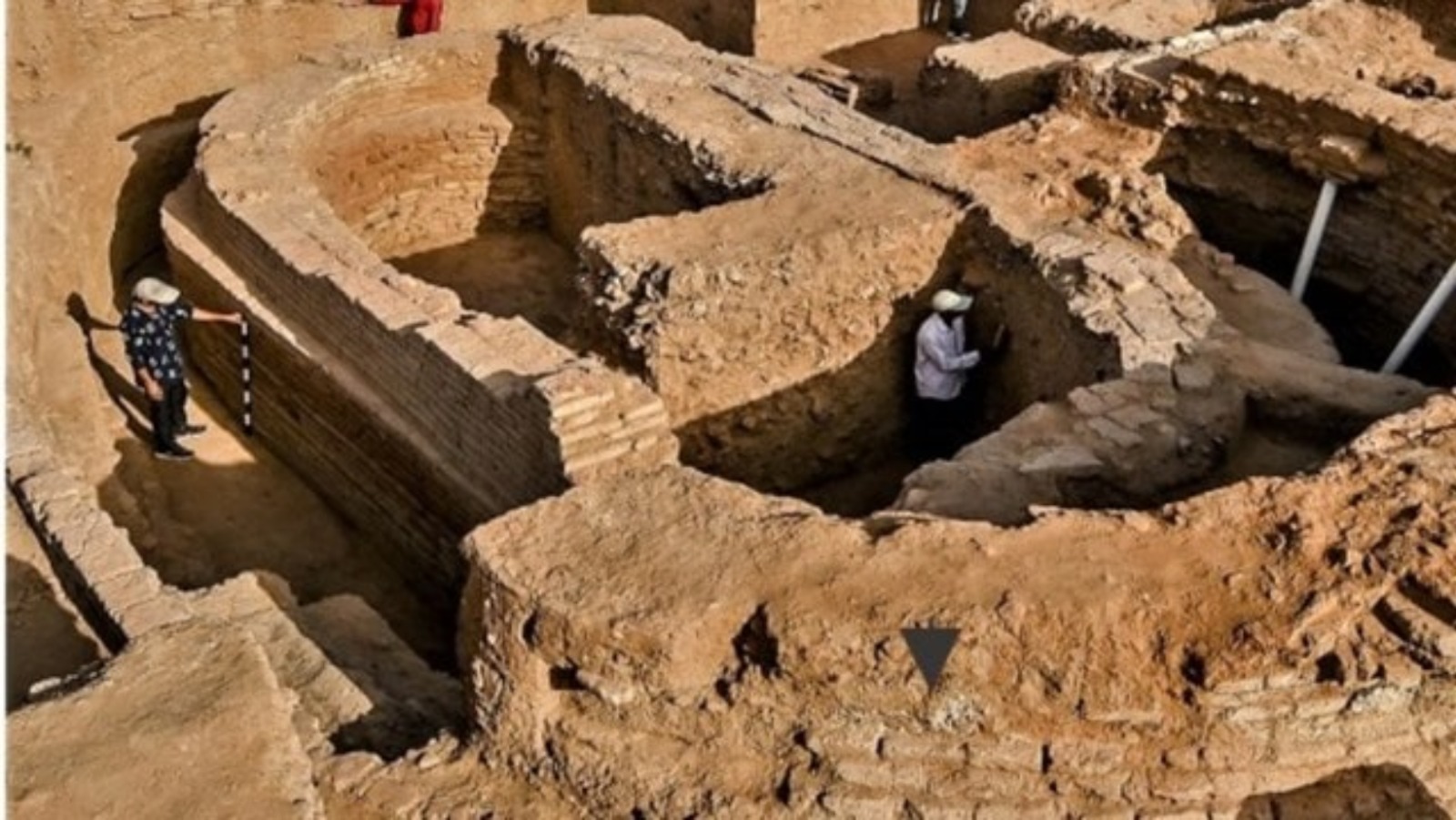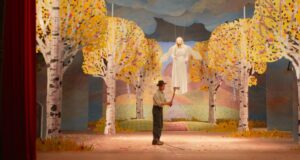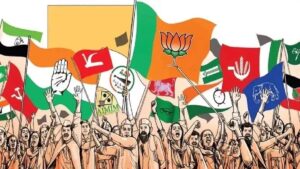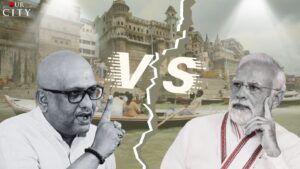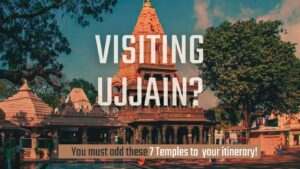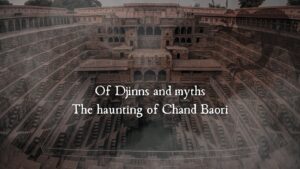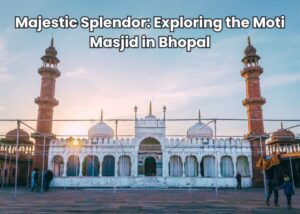– An article by Poojan Patel
For centuries, a gap in India’s archaeological record between the decline of the Indus Valley Civilization (c. 1300 BCE) and the rise of the Mahajanapadas (c. 600 BCE) has been referred to as the “Dark Age.” This period was shrouded in mystery, leaving historians and archaeologists with fragmented glimpses into the social, political, and cultural landscape of the time. However, recent excavations at Vadnagar, Gujarat, have unearthed startling evidence that challenges this long-held view and paints a vivid picture of a thriving civilization during this so-called “dark” period.
“The period between collapse of Indus valley civilization at 4,000 years before present (early 2nd millennium BCE) and emergence of Iron Age and cities of Mahajanapadas like Gandhar, Koshal, Avanti (6th-5th century BCE) somewhere between 3,000 to 2,500 years ago is often depicted as the ‘Dark Age’ by archaeologists,” said Prof Anindya Sarkar from IIT-Kharagpur who’s a co-author of the research paper.
The deep trench excavations, led by a collaborative team from IIT-Kharagpur and the Archaeological Survey of India (ASI), have revealed continuous human settlement dating back to 800 BCE, pushing back the known timeline of urban life in India significantly.
“Our evidence makes Vadnagar the oldest living city within a single fortification unearthed so far in India. Vadnagar is unique in a sense that such a continuous record of early historic to medieval archaeology with precise chronology has not been discovered elsewhere in India. Some of our recent unpublished radiocarbon dates are suggesting that the settlement could be as old as 1400 BCE contemporary to the very late phase of post-urban Harappan period. If true, then it suggests a cultural continuity in India for the last 5,500 years and the so-called Dark Age may be a myth,” he added.
Unearthing Past Layers: The excavations have brought to light a rich tapestry of artifacts from various periods, including pottery, copper, gold, silver, iron objects, and intricately designed bangles. These artifacts serve as tangible proof of cultural continuity and trade networks that existed during this period.
Talking about the excavation, ASI archaeologist Dr Abhijit Ambekar, who co-authored the research paper and who led the project since 2016, said during the excavation the team found archaeological artifacts, pottery, copper, gold, silver and iron objects and intricately designed bangles.
Debunking the Myth: The presence of seven distinct cultural stages within the fortified city walls of Vadnagar – Mauryan, Indo-Greek, Indo-Scythian, Hindu-Solanki, Sultanate-Mughal, and Gaekwad-British – further emphasizes the sustained habitation and evolution of the city across millennia. Additionally, the discovery of one of the oldest Buddhist monasteries in India sheds light on the religious and cultural diversity that flourished during this era.
Beyond Indus Valley: Excavations also suggest the possibility of pre-800 BCE settlement traces, potentially stretching back to 1400 BCE, coinciding with the late phase of the Indus Valley Civilization. This discovery poses a crucial question: did cultural practices and traditions from the Indus Valley survive the decline and continue to influence subsequent settlements like Vadnagar? If so, it challenges the notion of a sharp break between the Indus Valley and subsequent civilizations.
Implications and Significance:
The Vadnagar findings have far-reaching implications for our understanding of India’s early history. They dismantle the traditional “Dark Age” narrative, revealing a period of dynamism and cultural exchange. The evidence suggests that communities not only survived but also thrived and built upon the legacies of previous civilizations. Moreover, Vadnagar’s unique position as a continuously inhabited city within the same fortification wall provides a valuable case study for urban development and cultural adaptability over centuries.
Delving deeper into the specific influences that shaped this city requires exploring interactions between various groups that inhabited it:
Mauryan Legacy: The presence of Mauryan artifacts suggests early trade networks and potential political influence. Did Vadnagar benefit from Mauryan administrative systems or adopt artistic styles? Was it part of the Mauryan trade route along the Sabarmati River? Further research could shed light on these connections.
Indo-Greek Encounters: The discovery of coins and seals linked to Indo-Greek kings like Apollodotus II hints at cultural and economic exchange. Did Greek artistic techniques influence local craftsmanship? How did the introduction of new coinage systems impact trade practices? Examining local pottery and building styles might offer clues.
Shaping by Shakas and Kushanas: Evidence of Indo-Scythian or Shaka-Kshatrapa presence raises questions about their contribution to Vadnagar’s development. Did Shaka military tactics influence city defenses? Did their Kushana successors introduce artistic elements like Gandhara sculpture? Examining architectural features and studying artistic motifs could provide answers.
Hindu-Solanki Flourishing: The Solanki era left an undeniable mark on Vadnagar, with temples and architectural masterpieces like the Kirti Torana. How did their artistic vision reshape the city’s landscape? Did it reflect larger artistic trends of the period? Analyzing architectural styles and comparing them to other Solanki-era structures could be insightful.
Islamic and Colonial Layers: The Sultanate-Mughal and Gaekwad-British influences add further complexity to Vadnagar’s cultural tapestry. How did Islamic architectural elements blend with existing structures? Did British colonial practices leave a mark on urban planning or economic life? Examining buildings, inscriptions, and trade records could illuminate these interactions.
Beyond these prominent groups, investigating interactions with surrounding communities is crucial. Were there trade links with coastal towns on the Gujarat coast? Did local tribal communities influence agricultural practices or religious beliefs? Studying archaeological remains and oral histories offer a window into these connections.
The excavations at Vadnagar offer a glimpse into a vibrant and culturally rich period in India’s history. They not only rewrite the history of the “Dark Age” but also raise exciting questions about the continuity of tradition and cultural transmission across millennia. Further research and exploration at Vadnagar hold immense potential to unravel more secrets and reshape our understanding of early India. This site can stand as a testament to the resilience and cultural richness that have always been hallmarks of Indian civilization.

